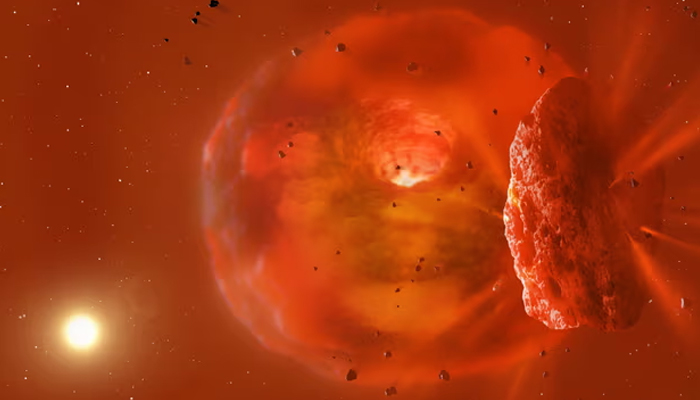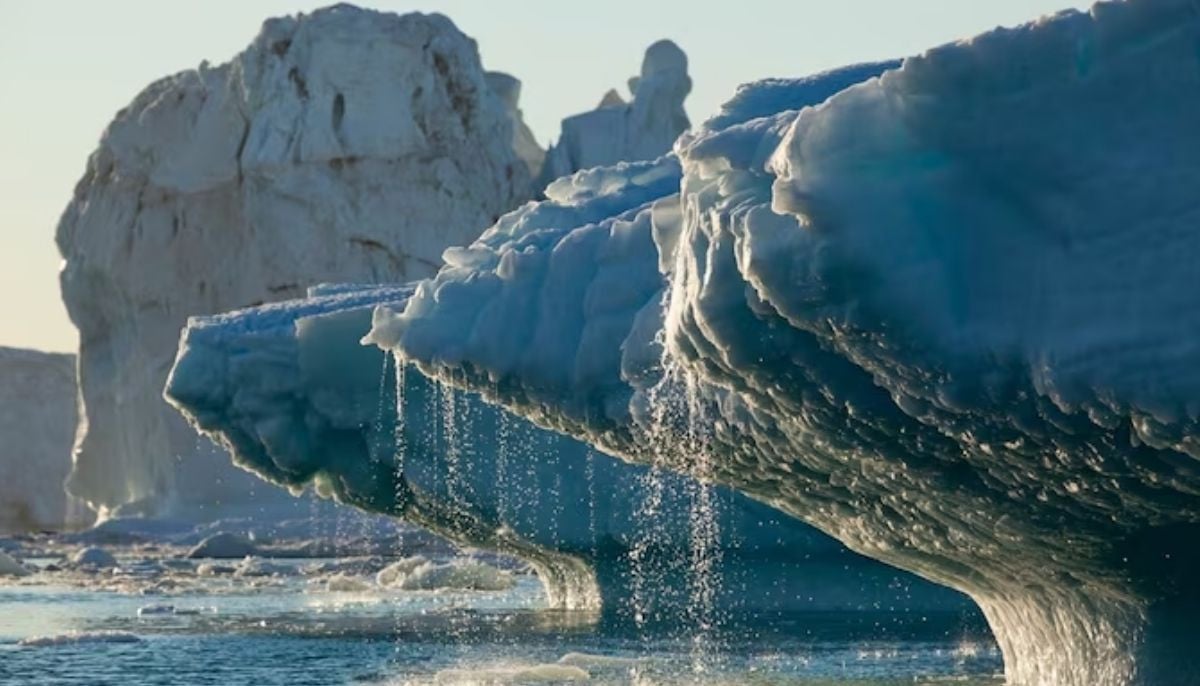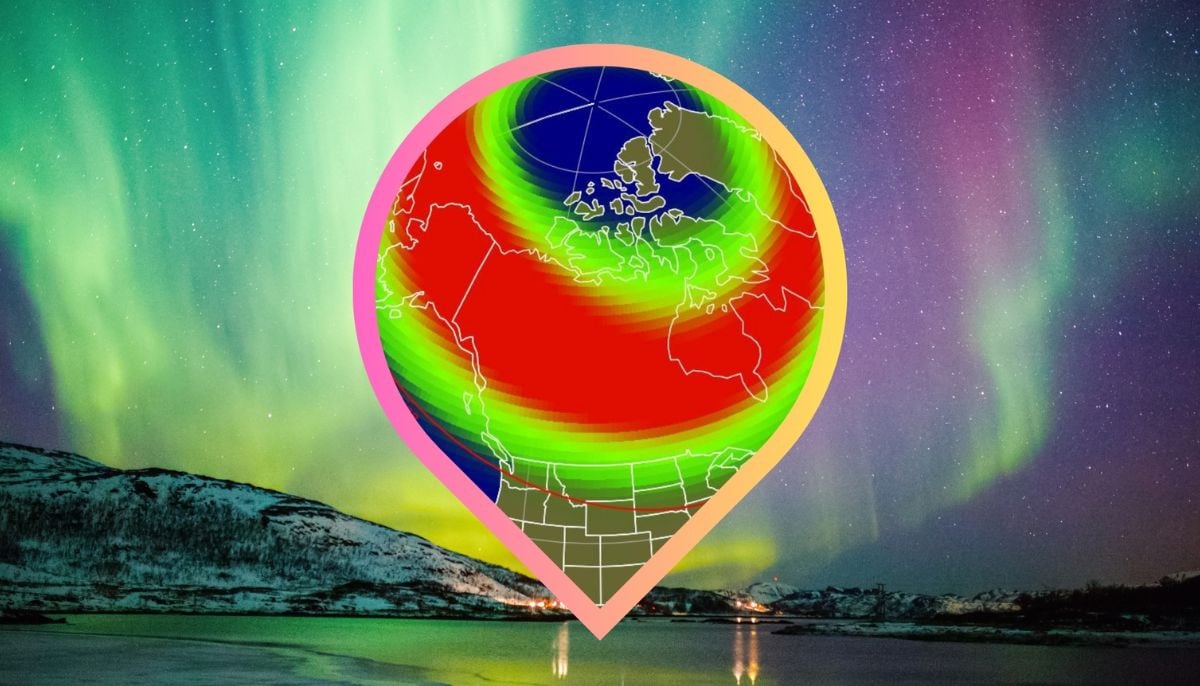Astronomers witness first-ever 'spectacular collision' of two planets
"Blast of radiation came from hot new object created by collision of 2 planets nearly as large as Neptune," experts say
Astronomers were successful in witnessing for the first time the collision of two large planets and the "spectacular" events following in the aftermath which is believed to have occurred between two ice giants.
After the collision of the two behemoths, a plethora of debris and an enormous object — assumed to be a hundred times bigger than our Earth — were formed spinning.
A co-author of the study at the Leiden Observatory in the Netherlands, Dr Matthew Kenworthy said: "It would be very spectacular. The energy of the collision would turn the remnant into something resembling a star, fainter than the main star in the system but about seven times larger in size, visible all through the rest of the stellar system."
It was revealed after an astronomer replied to a post from Dr Kenworthy about a star known as ASASSN-21qj.
Dr Kenworthy was observing for the casting shadows of the giant rings around the planets that occur when they face their parent star. ASASSN-21qj — located at a distance of 1,800 light years from Earth — sparked his interest because in December 2021 its light went bleak.
A citizen scientist at Nasa, Arttu Sainio looked the past studies of the star by the US Space Agency’s Neowise mission, an infrared space telescope.
The volunteer scientist found that 900 days before the star dimmed, Neowise saw a steady and sustained brightening of infrared light from the same location.
"I was looking for something completely different," Kenworthy said, adding that, "the infrared brightening told us something unusual had happened in the neighbourhood of this star, and so it took us down this new path."
The astronomers concluded after running the analysis: "The blast of infrared radiation came from a hot new object or synestia created by the collision of two planets nearly as large as Neptune."
Infrared readings also suggested them that the vast spinning object had a temperature of more than 700C for about three years, which will cool down and form a new planet around the star.
The star started to go dim about 2.5 years after the afterglow began as a massive cloud of fine impact debris drifted across the face of the star, according to the findings published in the journal Nature.
“It’s the first time we’ve seen the afterglow from such an event,” said Simon Lock, another co-lead author at the University of Bristol, adding that “we’ve seen debris and discs before, but we have never seen the afterglow of the planetary body that’s produced.”
The experts are now looking for follow-up studies to gain further insight.
Dr Kenworthy said: "If the dust cloud continues to orbit the star, then in about five to 10 years the cloud will have moved to one side of the star and astronomers should see the star’s light reflected from the dust with the largest ground-based telescopes."
-
Elon Musk’s Starlink rival Eutelsat partners with MaiaSpace for satellite launches
-
Blue Moon 2026: Everything you need to know
-
Scientists unravel mystery of James Webb’s ‘little red dots’ in deep space
-
ISS crew of four completes medical evacuation with safe splashdown off California
-
Annular solar eclipse 2026: Here's everything to know about the ‘ring of fire’
-
World’s first ice archive created to preserve fast-melting glaciers’ secrets
-
NASA, DOE to develop Nuclear Reactor on the Moon by 2030
-
Aurora alert: Northern lights visible tonight at high latitudes












